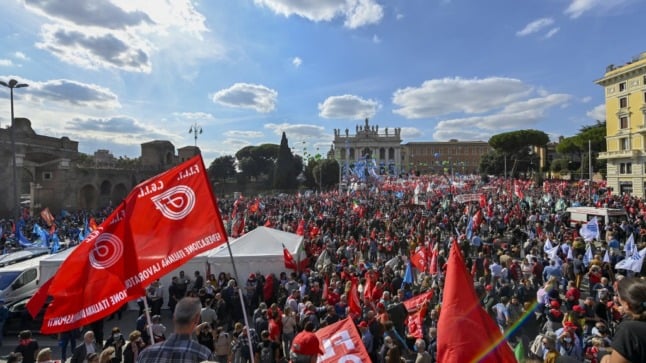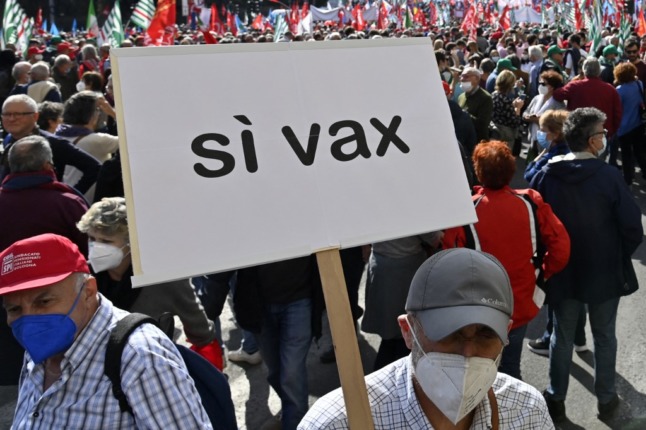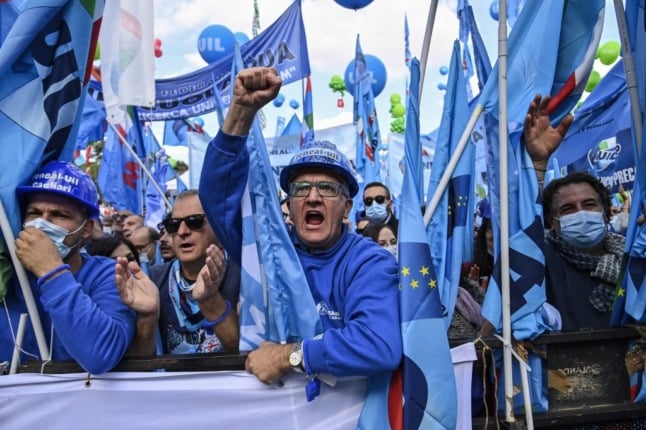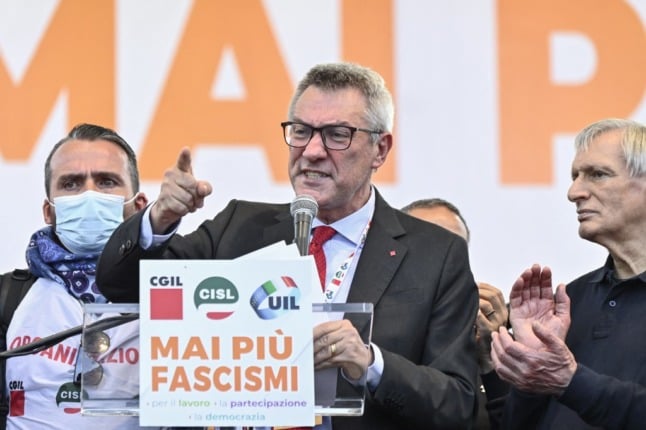The Lazio region had mulled a measure to stagger water supply shutdowns in certain neighbourhoods of the capital for eight hours a day.
The region's rationing threat followed the decision to stop withdrawing water from Lake Bracciano, close to Rome, because it had dropped to such a low level that it risked sparking an environmental disaster.
Acea, the utility firm which runs Rome's water system, had slammed the stop on using water from the lake as “unnecessary” and said last week that the move left it no choice but to cut off supplies to residents.
But after pressure from Mayor Virginia Raggi and Health Minister Beatrice Lorenzin, water will flow as normal in the capita – at least until September.
As part of the deal reached on Monday, Acea will be able to keep withdrawing water from the lake, albeit at a low rate, until September, Ansa reported.
The dry spell has deprived Italy of 20 billion cubic metres of water so far this year – the equivalent of Lake Como.
Ten regions across the country have called for a state of emergency to be declared after Italy suffered the second-driest spring in 60 years and rainfall in the first six months of the year was down 33 percent.
After a brief respite, temperatures across Italy are set to creep up again this week, eclipsing 40 degrees Celsius in Sardinia.






 Please whitelist us to continue reading.
Please whitelist us to continue reading.